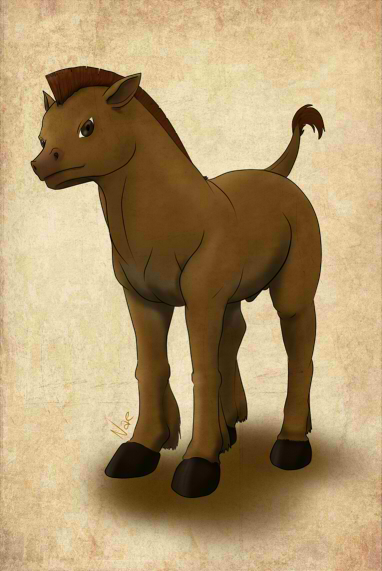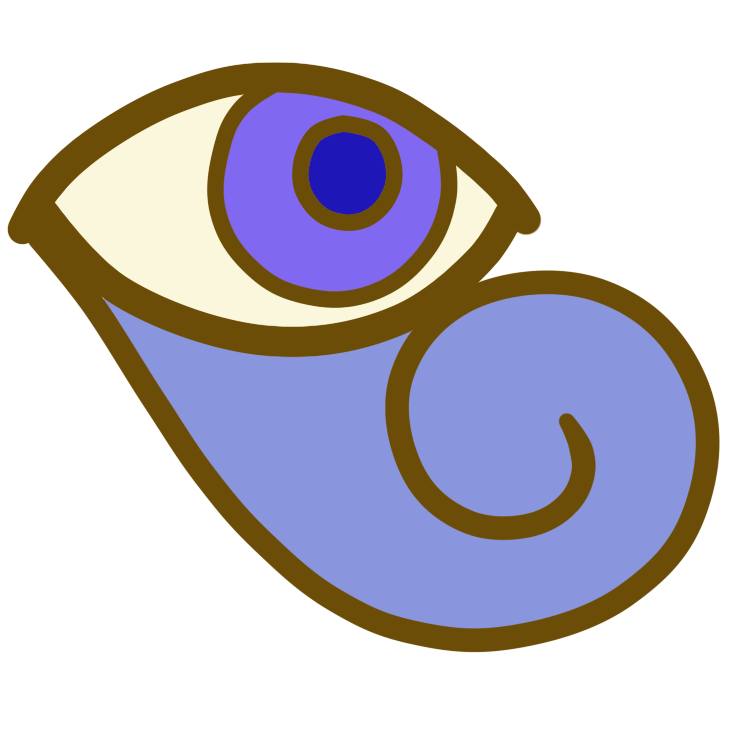Dhalmanite Funerary Practices
This article contains potentially graphic descriptions of processes to dispose of or preserve bodily remains.
Autonomism, the religion practiced in the island of Dhalmain says that when people die, they become part of one of the ten "Laws of the Universe", the religion's deities.Which Law of the Universe they will become depends on the one they reflected the most in life and the method used to prepare or dispose of their bodies after death. This belief generated a very diverse array of funerary practices to be used in the island, far less unified than in any other part of the Haan Archipelago. The Dhalmanite have also developed many improvements and new technologies in the field of funerary practices in their pursue of their desired afterlives, including famous publications such as "Becoming Time: Body Preservation Methods". Below is a brief description of the many practices used by societarians across the Republic of Dhalmain depending on their personal preferences.
Methods
Donation
To Science
People who choose to donate their bodies to science are usually sent to medicine schools or museums, many times to both.Some museums maintain huge catalogues of diagrams of phenotypes, collections of societarian feathers, scales, chitins and hairs as well as preserving body parts of those with anomalies, and schools use the bodies in order to train and teach anatomy to future healers. This method is preferred by those who want to become part of the Law of Curiosity, and occasionally as a method of dispersing oneself over large distances to become the Law of Space.
This is also a method commonly chosen by those more aligned to the modern views of the Law of Intention, as they see this as a way to use their will to the benefit of their community. People with exotic or very rare phenotypes, or severe and rare body conditions are usually encouraged to donate their bodies regardless of their preferred Autonomist deity, which it is seen as a selfless thought sort of gruesome act.
To Art
A relatively rare method.Some artists will use donated bodies to make ossuaries, dyes and paints, or taxidermy scenes. Followers of the Law of Curiosity see this method as a good option to become closer to their favoured Law, though donation to science is much more common for them.
The taxidermy option is actively chosen by some followers of the Law of Dimensions, who in some cases are taxidermists themselves.
To Pact Creatures
Certainly not apt for the more squeamish people, some people choose to give out their bodies to be consumed by carnivore pactual creatures. This method is almost solely employed by people determined to become part of Vhas, The Law of The World.Burial
On Ground
Commonly used by other civilizations such as the Stunveldti, burials underground are performed by the Dhalmanite with the deceased's body naked, wrapped in only a shroud at most. Completely naked burials are more common among the waterland silky population. Ground burials are used to become closer to the Law of Matter.Entombing
A method reserved for those of the highest economic means or contacts in the right places, entombing consists in using the body as part of a building, usually by burying them in the foundations or sandwiching the body or skeleton between walls.For the followers of the Law of Time, its main users, this is actually considered a method of preservation, and not of burial.
Those that aim to be entombed usually require to work alongside people from many other temples in order to "make a reservation" to be placed inside of a planned building.
At sea
This method, used across the archipelago in cases of deaths occurring during long journeys by ship, is specifically requested in Dhalmain by many sailors and other people in pursuit of their afterlife goals. The most common method of sea burial is to take the shrouded body, bagged alongside heavy rocks, and travel into sea enough to be away from any potential waterland silky societarian to drop them. For followers of Primarite, the body is taken in many bags, dissected into pieces, and dropped at different parts of longer voyages, usually as special cargo of merchant ships. The first method is preferred by those who want to become part of the Law of Directions, while the second, of course, is a gruesome way to accomplish the goals of the Law of Space.Preservation
Embalming
Through the use of salves, tinctures and other substances, and the careful replacement of bodily fluids for preservatives, embalming aims to prevent the body from rotting for as long as possible.The method, however, is not permanent and will eventually fail, but it can significantly stretch the time that the body remains recognisable and its scent bearable. Embalming is generally chosen by people pursuing closeness to the Law of Time, however, it is also employed for practical reasons whenever the desired final method will take too much time for the body to stay fresh, and as such it is very familiar for those pursuing methods aligned to the Law of Space.
Mummification
A step beyond embalming, this is a method difficult to achieve in the Dhalmanite weather and therefore quite more expensive, making it rare and reserved for the rich.Mummification attempts consist of avoiding rot by embalming, removing the organ contents and adding salts and other absorbing agents to make the body dry out entirely, so it can be preserved indefinitely.
The dry body is then placed in a sealed casket filled with pest-repelling herbs and poisons, and then kept cool and dry on cellars or buried in the mountains. This, as with all preservation methods, is chosen by those who want to become Law of Time.
Skeletonization
By far the easiest and most foolproof method of preservation of remains, if it can be called that, is to actually accelerate the decomposition of all the fluids and tissues, in order to recover only the bones, claws, beaks and/or chitins of the person. Most of the flesh and organs of the person are removed manually by funerary practitioners and disposed of through other means depending on the deceased's will and the capabilities of the practitioner.The bones are then cleaned with the use of flesh-eating bugs or by letting the remaining tissues rot in water, either in barrels or inside carefully crafted casket cages in lakes or rivers. The clean bones may be stored loose in a box, or may be mounted in a lifelike position for display, in a process known as "articulating". Skeletonisation is used both as a potential (though not preferred) preservation method for the Law of Time, or as a way to process bodies donated to science or art.
Taxidermy
An art full of caveats, taxidermy is reserved in general for feathery Dhalmanites, as most phenotypes of waterland silkies would be too hard to work with this method to achieve a good result. For taxidermy, the skin of the deceased person is removed, preserving the beak, claws and sometimes parts of the skull, hands and feet.The skin is then mounted into a desired position with the use of "mannequins" made to size and shaped with the use of straw and other fillings. Salts and other minerals distributed inside the skin are used to dry it, glass eyes are set to replace the original ones, and the skin is sewn to the mannequin and carefully worked into with pins, combs and wraps to achieve a lifelike sculpture of the person during a scene of their life. Taxidermy pieces are often donated to museums and exhibitions, and are the preferred method of the followers of the Law of Dimensions.
Relic Making
Reliquaries
Small preserved pieces of the deceased body, such as clippings of hair, feathers, scales, small bones or cremains are set inside of a hollow jewellery piece or an ornate decorative box to create a relic of the deceased person. Hair clippings and small loose feathers are generally encased in a way that they can be visible through the piece's structure, while bones, scales and ashes are set to be hidden from view. Followers of the Law of Physics use reliquaries for their preservation, though they prefer jewellery making if they have the resources to pay for it.Jewellery
Jewellery differs from reliquaries in that the pieces are made with the body parts, instead of being merely a container of the body part. The most common method is to mix a small amount of cremains in the metal used to make rings and necklaces, though the most daring may commission beaks, bones or feathers to be directly used in the place of a gemstone in a jewellery piece. Jewellery is preferred by the followers of the Law of Physics.Cremation
The carbonization of a body by burning it in extremely hot fires. This is generally done inside specially designed ovens that can keep a very high temperature over a large enough surface, as a simple open-air fire will not be enough to turn a body into ashes.
The bones of a cremated person will not disintegrate, so based on choice they might be crushed into ashes, kept as relics or buried underground. This method is considered closer to the Law of Chemistry, though it is also used for the "leftover" remains of bodies that went through other methods such as jewellery making.
The bones of a cremated person will not disintegrate, so based on choice they might be crushed into ashes, kept as relics or buried underground. This method is considered closer to the Law of Chemistry, though it is also used for the "leftover" remains of bodies that went through other methods such as jewellery making.
Other Methods
- There have been registered instances of people attempting to be taken to the Nucleus in Stunveldt Island for a traditional Stunveldti burial, though it is unknown if their wishes have been fulfilled.
- Followers of the Law of Matter will rarely request an above-ground "burial" where the body is simply placed in a wild area for creatures to eat the remains.
This is not to be confused with a "Pact-burial" where the body is actively offered as a gift to specific pactual for consumption.
Primary Related Location
Related Organizations
Related Ethnicities









This is a great breakdown of funerary practices. I especially like that they are careful to bury remains at sea away from places silkies live.
Explore Etrea